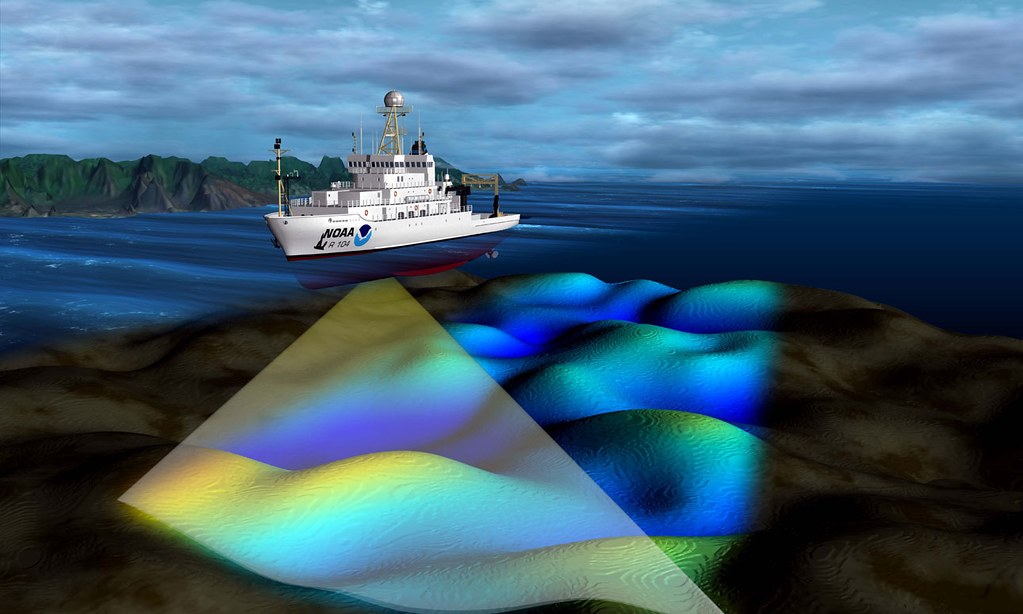What is “Unexplained Engineering Mysteries?” It’s simply a title for lighter side of the news articles.
(The title is a bit of a misnomer. Why? Because us engineers would solve these mysteries. That’s what we do.)

Image credit - Pixabay.
I can't believe how much money is spent on finding the world's most famous cryptid. See a previous mystery post all about it.
The Loch Ness Monster is one of the oldest legends in existence, and sightings date back to the seventh century AD when locals described a man being attacked by a water beast and were unable to save him. Local stone carvings during that time depict a mysterious creature with flippers, which has since become Scottish folklore, with people trying to capture the elusive animal over the ages.
Modern-day lore began in 1933 when the legend grew, as a road was paved next to the loch that offered an unobstructed view of the area. During that time, a couple traveling on the road saw an enormous animal, which they described as looking like a dragon or prehistoric monster, crossed their path and entered the water. The news made the local paper, and numerous sightings ensued. One of the most famous during that time came from English physician Robert Kenneth Wilson, whose iconic fake photograph detailed the alleged monster's head and neck, which set off an international storm with many stating it must be a living plesiosaur.
The hunt for the Loch Ness Monster has given rise to new hunters over the decades, each bringing the latest technologies to prove the creature exists. Shortly after Wilson's photo, insurance magnate Sir Edward Mountain organized a search and sent 20 people armed with Kodak cameras and field glasses to the loch, reporting that the expedition saw the creature 21 times in two weeks without producing any evidence. In the summer of 1976, Dr. Robert H. Rines underwent a monthslong search for the monster using underwater cameras and sonar, taking more than 108,000 pictures, hoping to find the creature, its carcass or bones. He, too, was unsuccessful in finding any evidence.

Several expeditions to the loch utilized sonar to find the monster, only to come up empty. (Image credit: Flickr)
In 1987, naturalist Adrian Shine led Operation Deepscan, a 20-boat armada that conducted a large sonar sweep of the loch, which failed to find the creature. Another attempt using sonar was conducted by the BBC in 2003, which again, was unsuccessful in finding the monster. 2019 saw Professor Neil Gemmell of the University of Otago in Dunedin, New Zealand, collect 250 water samples in the hopes of identifying a prehistoric creature via DNA, but only found significant eel traces. Google also joined in and mounted its imaging equipment onto a boat and also took underwater photographs in honor of Robert Wilson's 81st anniversary of his photo in 2015.
On August 26 and 27 of this year, the Loch Ness Centre in Drumnadrochit, Scotland, organized its Quest Weekend to rev up the most extensive search for the Loch Ness Monster in 50 years. Participants employed the latest technology in hopes of finding the creature, including drones outfitted with IR sensors, advanced sonar, LiDAR and hydrophones designed to pick up sounds beneath the waves. Unfortunately, the beast remained elusive; however, organizers picked up four mysterious never-before-heard sounds emanating from the depths of the loch and a giant shadow moving just below the surface, which was spotted by camera.
After centuries of sightings, it seems the legendary Loch Ness Monster remains a mystery that cemented its existence in folklore. Is it possible that the creature actually exists, or ever existed? Today's advanced technology has yet to find any evidence of the animal, and any notion of a prehistoric dinosaur still living is all but extinct. To that end, scientists still uncover new species of plants, animals and insects on an almost routine basis, and once-thought-extinct animals and sea creatures have been found living in some cases. Finding new or elusive aquatic life in the loch wouldn't be that far-fetched as new technologies become available; only time will tell.
Have a story tip? Message me at: http://twitter.com/Cabe_Atwell
